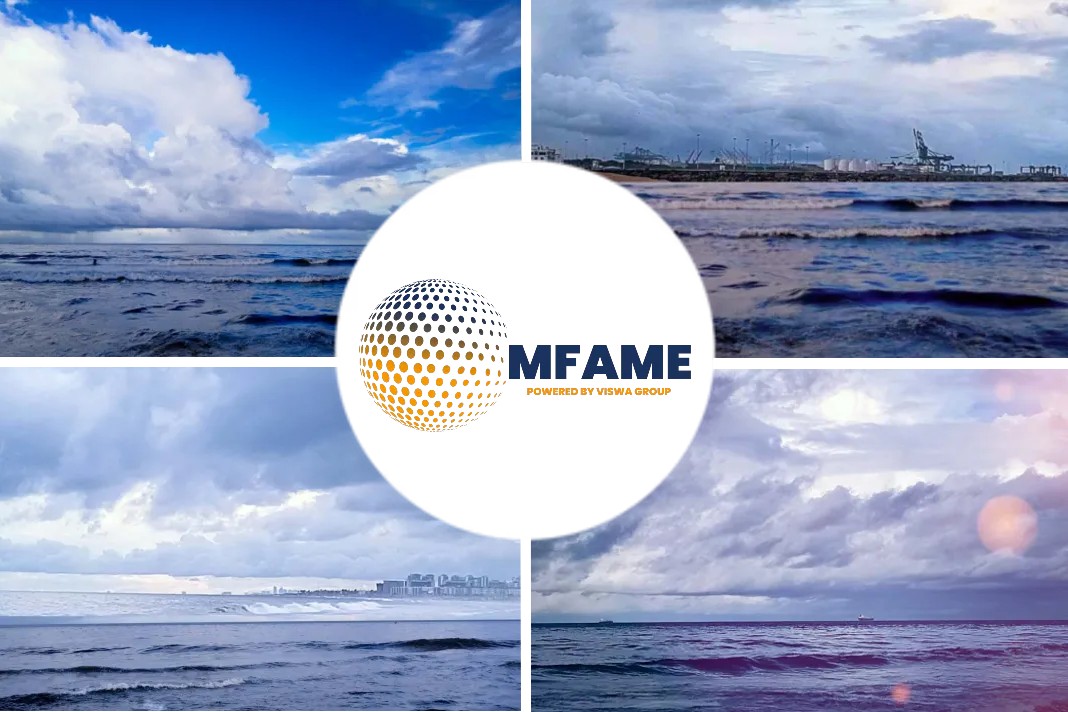The Gard P&I Club has reiterated the need for ship managers to constantly review their enclosed space entry procedures and revise them if needed, says a recent update published on their website.
Enclosed space entry
Following the continuing occurence of enclosed space incidents on ships, the Gard P&I Club reiterated the need for ship managers to constantly review their enclosed space entry procedures and, if necessary, revise them to ensure they comply with the applicable requirements.
The call follows the release of an RMI Marine Safety Advisory in mid-June, warning that shipboard incidents relating to improper entry of and rescue from enclosed spaces continue to occur.
Similarities between incidents
The Administrator has noted some similarities between enclosed space entry incidents, including:
- the lack of awareness by crew members of the potential hazards posed by the improper entry into enclosed spaces;
- senior crew members failing to ensure that ship management’s enclosed entry procedures are adhered to prior to directing junior crew members to enter an enclosed space; and
- the Master of the ship not being notified that an enclosed space was going to be entered.
Recommendations
Recommendation No.1: Review existing procedures
The RMI recommends that ship managers review their enclosed space entry procedures and, if necessary, revise them to ensure they comply with the applicable requirements.
- The IMO’s recommendations for entering enclosed spaces aboard ships are outlined in Resolution A.1050(27) and its guidelines for selecting portable atmosphere testing instruments can be found in MSC.1/Circ.1477.
- For RMI-flagged ships, the requirements and safety standards that must be followed by personnel entering enclosed spaces are outlined in RMI Marine Notice 7-041-1.
- Other flag states will have similar requirements and one such example is the UK “Code of Safe Working Practices for Merchant Seamen” (COSWP) and its Chapter 15 deal with the entering of dangerous enclosed spaces.
- Section 10 of the ILO’s “Code of practice for accident prevention on board ship at sea and in port” provides similar practical recommendations and guidance.
As such, ship managers should ensure that a risk assessment is conducted to identify all enclosed spaces onboard the ship and periodically revisit the assessment to ensure its continued validity.
Gard also recommends establishing an inventory of all enclosed spaces on board that seafarers may enter and where there is any likelihood that they might become dangerous. The inventory should record the particular characteristics of the space, the likely hazard involved, and the measures taken to prevent entry unless safety procedures are followed. Any difficulties inherent in a rescue from the space should also be considered, and solutions identified, so that in the event of an emergency, the crew is in the best position to respond quickly.
Recommendation No.2: Ensure that procedures are fully understood and followed
The problem with procedures is that good intentions often become paper-pushing exercises. It is therefore important to ensure that those performing tasks involving entry into enclosed spaces understand that the purpose of the procedures is to prevent accidents and not simply to satisfy the regulators or their immediate superiors.
The RMI recommends that ship managers send a letter or bulletin to all ships in their managed fleet addressing:
- the dangers of improperly entering an enclosed space;
- how to recognize an enclosed space and examples of the different types of enclosed spaces a seafarer might encounter while performing their day-to-day shipboard tasks;
- that all seafarers, regardless of seniority, must not enter an enclosed space without permission and then only in accordance with the ship management’s established procedure;
- who onboard is authorized to permit entry into an enclosed space; and
- that the best way for a seafarer to assist a fellow seafarer inside an enclosed space is to immediately raise the alarm so that an organized rescue can be conducted in accordance with ship management’s established procedure.
Recommendation No.3: Provide proper onboard training
It is important that seafarers are given proper onboard training to help them recognise, evaluate and control hazards associated with entry into enclosed spaces.
In addition to conducting mandatory enclosed space entry and rescue drills every two months, the RMI recommends that masters hold a special safety meeting with particular emphasis on enforcing the responsibility that all seafarers have to prevent enclosed space entry related incidents and the need for crew members to resist their natural urge to immediately enter an enclosed space in order to assist a fellow crew member.
Did you subscribe to our daily newsletter?
It’s Free! Click here to Subscribe!
Source: Gard
















